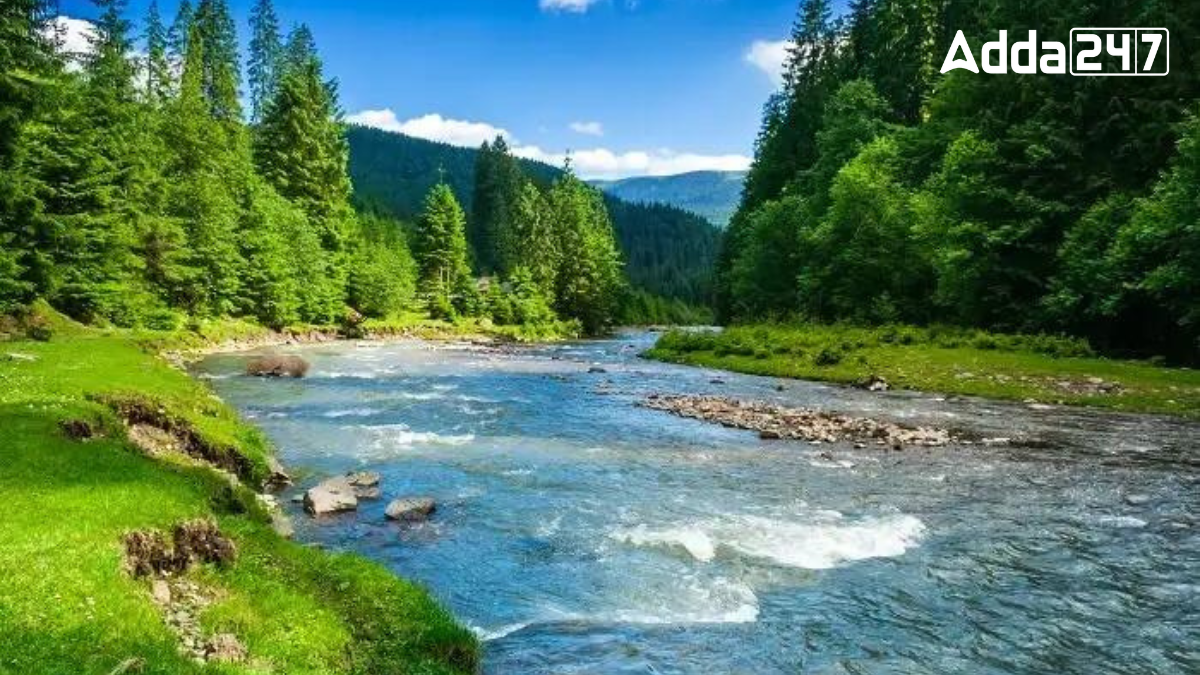In India, rivers are often referred to as lifelines because of their importance in supporting the lives of millions of people. One such river that holds a special place in the state of Andhra Pradesh is the Godavari River. Known as the “Lifeline of Andhra Pradesh,” the Godavari River is vital for the state’s agriculture, water supply, and overall well-being.
Which Indian River is Known as the “Lifeline of Andhra Pradesh”?
The Godavari River, often referred to as the “Lifeline of Andhra Pradesh,” is one of India’s most significant and longest rivers. As the second longest river in India after the Ganga, the Godavari plays a crucial role in the lives and livelihoods of millions of people across several states. It supports agriculture, provides drinking water, and sustains various ecosystems.
Origin and Course of the Godavari River, the Lifeline of Andhra Pradesh
The Godavari River originates from Trimbakeshwar in Nashik, Maharashtra. From its source, the river flows eastward for approximately 1,465 kilometers, traversing through the states of Maharashtra, Telangana, Andhra Pradesh, Chhattisgarh, and Odisha. Eventually, it empties into the Bay of Bengal through an extensive network of tributaries and distributaries.
Importance of Godavari River to Andhra Pradesh
In Andhra Pradesh, the Godavari River is especially vital. Although only 4.5% of the river’s basin lies within the state, it significantly impacts agriculture, drinking water supply, and hydroelectric power generation. The river supports extensive irrigation projects, ensuring water availability for crops like rice, sugarcane, and cotton, which are essential to the state’s economy.
Geographical Significance of the Godavari River
The Godavari River drains about 10% of India’s total geographical area, making it the third largest river basin in the country. Its vast drainage basin covers diverse terrains, including plains, hills, and plateaus, providing water resources for multiple states. The river’s basin is a crucial area for agriculture, supporting the cultivation of various crops due to its fertile soil.
Major Dams and Irrigation Projects
Several major dams and irrigation projects have been developed on the Godavari River to manage its water resources efficiently. The Polavaram Project, a multipurpose irrigation project, is one of the largest on the river. It aims to provide irrigation, drinking water, and hydroelectric power to several regions in Andhra Pradesh. Other important projects include the Dowleswaram Barrage and the Sriram Sagar Project.
Challenges and Conservation Efforts
The Godavari River faces various challenges, such as pollution, over-extraction of water, and sedimentation. Efforts are being made to address these issues through initiatives like afforestation, wastewater treatment, and sustainable water management practices. Conservation projects aim to protect the river’s health and ensure its long-term sustainability.




 Which Country is Known as the Land of Ch...
Which Country is Known as the Land of Ch...
 Which Bird is known as the King of Birds...
Which Bird is known as the King of Birds...
 Which City of Austria is Known as the Ci...
Which City of Austria is Known as the Ci...







